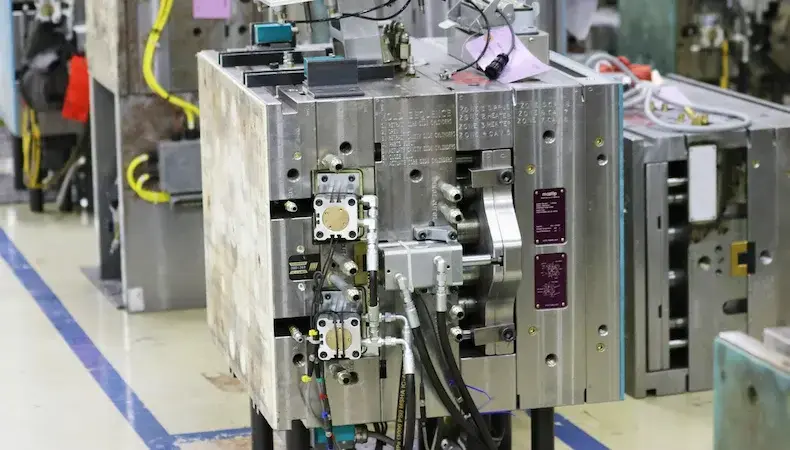Tooling / Molds

Tooling design, materials, and cavitation all impact tolerance. In general, the more simple the process, the more likely it is to achieve and maintain tight tolerances.
Conversely, complex parts can put tight tolerances at risk since there are more variables to consider, such as the number of cavities in the mold or the need to precisely heat or cool the tools. For example, if tooling is not designed for consistent cooling, shrink rates will vary and tight tolerances will be harder to achieve. Mold cooling and part cooling are also critical for determining surface finish.
Logically, it follows that sophisticated injection-molded components require sophisticated tooling. Added features such as undercuts and threads are common. In the case of complex geometries, injection molding tooling could require the addition of rotating mechanical racks/gears, rotational hydraulic motors, hydraulic cylinders, floating plates, or multi-form slides.
Directly correlated to scientific molding is the use of strategically placed transducers in multi-cavity and hot manifold tools to monitor and control the process in real time. Sensors can also be placed on the surface of the tool as a cooling lines or unit failure back-up. Upper and lower limits can be set on these sensors to monitor the cooling rate and the cavity pressure profile.
Establishing a production-capable process with in-tool sensors is also important for benchmarking. Having verified data to reference when making tooling material, process, or molding machine changes is essential for accurate monitoring, documentation, set-up, and future production repeatability.
A critical but sometimes overlooked injection molding tooling design consideration is proper tooling materials selection. The choice impacts several aspects of tool longevity:
Details matter in plastic injection tooling. Engineers play pivotal roles in ensuring an optimized production process, reduced costs, and unparalleled product quality.
Among chief responsibilities for tooling engineers is:
Likewise, design engineers are accountable for several key tooling decisions. Principle among them is determining gate types and locations in order to:
Part art and part science, plastic injection tooling is all done to guide customers toward an optimized production process, reduced costs, and unparalleled product quality. Learn more about the process of scientifically qualifying a tool by downloading our infographic.